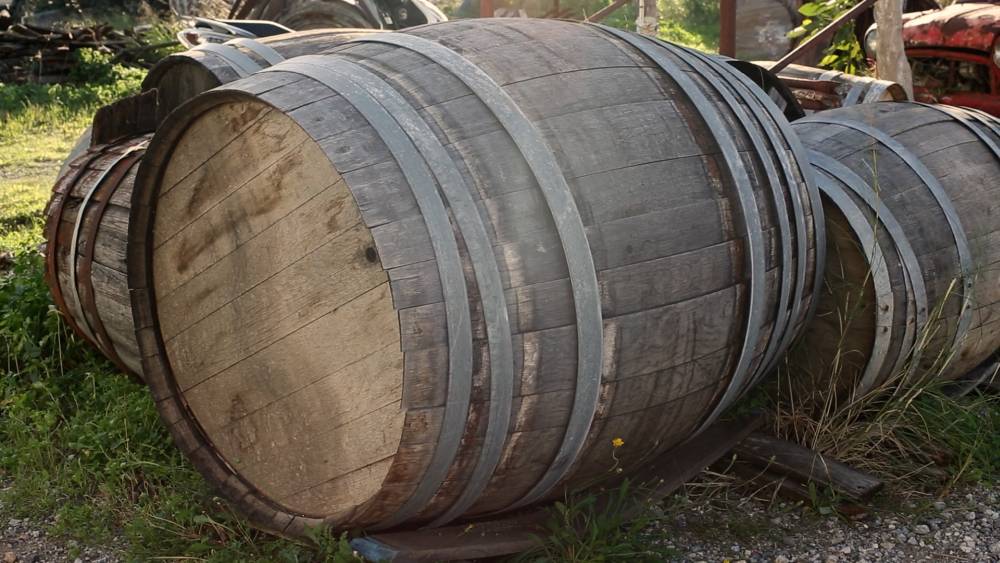Description
For many centuries people maintained and disseminated memory and knowledge through inscriptions and manuscripts. Later, with the invention of typography, text reproduction became easier. The need to protect and bind manuscripts or printed texts into one section gave birth to the art of bookbinding. The art of bookbinding developed in monasteries and urban centers.
Bookbinding workshops served the needs of law firms, libraries and many individuals who owned books and wanted to either preserve and improve the appearance of older worn-out editions or who wanted to turn a cluster of documents into volumes. The quality of the binding materials varied according to the customer’s requirements. So the bookbinding could be “fabricbound” or “leatherbound”.
In some cases – usually expensive versions, or where the aesthetics of a fine library required it, the binding could be artistic so in these cases the binder used more expensive materials, added gold trim on the leather surfaces, gilded the three visible edges of pages etc.
The art of bookbinding is complex. Knowledge of sewing the documents, of gluing, cutting and construction of the covers and the inner pages of each volume are required. Typographical knowledge is also required, since each bookbound volume should bear on its spine, perhaps, the author’s name, the title and frequently the owner’s monogram.
The tools and materials required for bookbinding are mainly desktop because most of the work was done on a bench. Needles, strings, paper glue, brushes, presses, paper cutters, metal printing elements etc.
Many bookbinders in the city of Chania were located around the City Hall.















